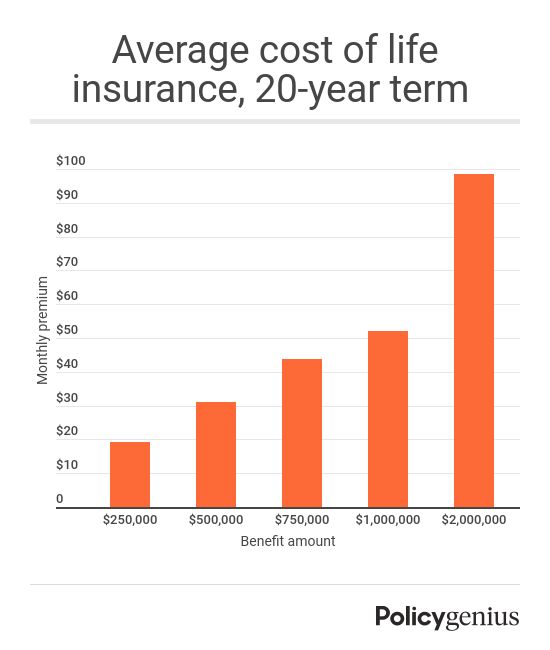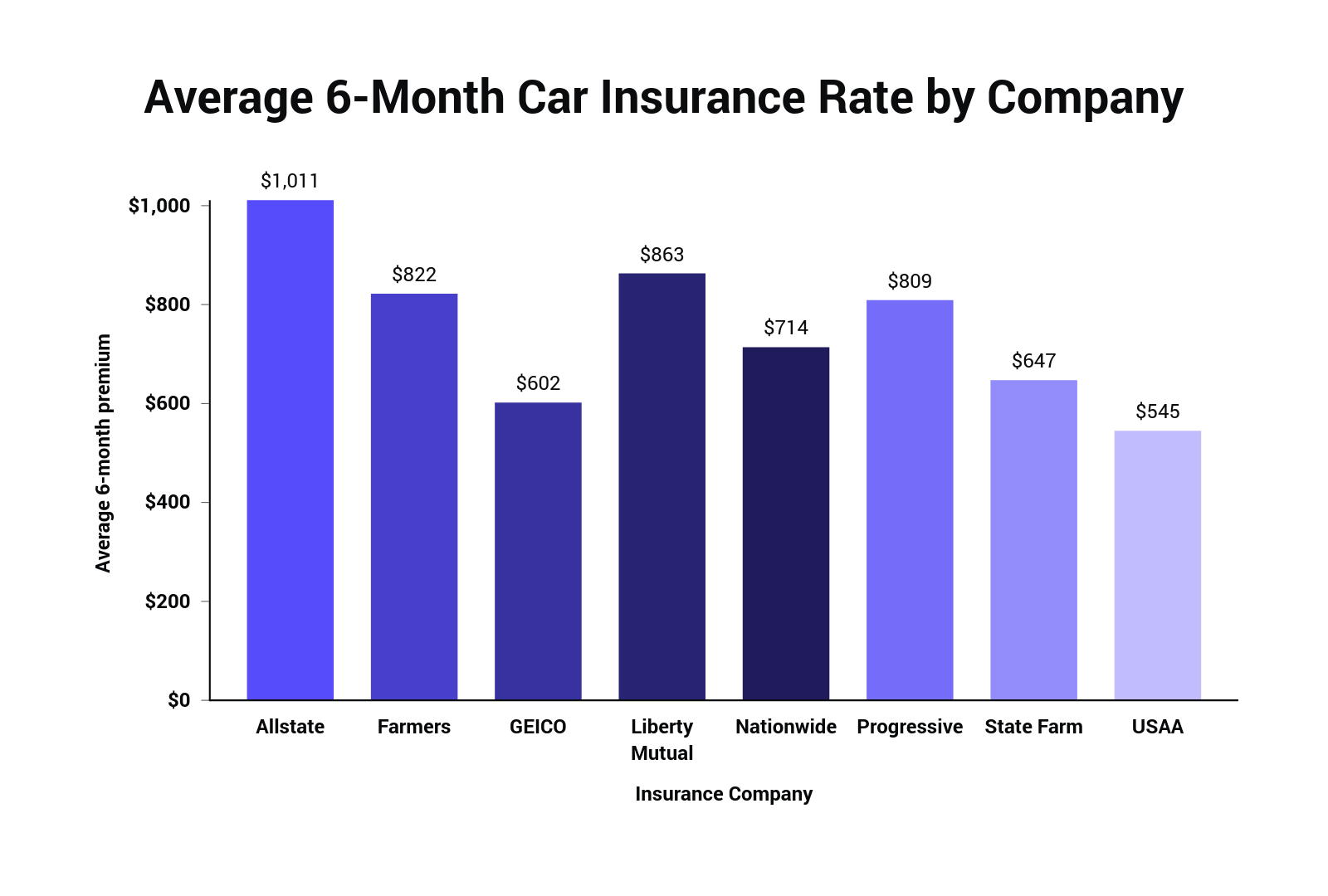They like understanding that when they need their insurance, they won't have to come up with a large amount of cash before their strategy starts helping with the expense. So they 'd rather have a higher premium, but a lower deductible. It makes your expenses more foreseeable.
A health insurance premium is a monthly cost paid to an insurer or health plan to provide health protection. The scope of the coverage itself (i. e., the quantity that it pays and the quantity that you pay for health-related services such as doctor gos to, hospitalizations, prescriptions, and medications) varies substantially from one health strategy to another, and there's frequently a correlation in between the premium and the scope of the coverage.
ERproductions Ltd/ Blend Images/ Getty Images In other words, the https://www.bbb.org/us/tn/franklin/profile/timeshare-advocates/wesley-financial-group-llc-0573-37070239/complaints premium is the payment that you make to your health insurance coverage business that keeps protection fully active; it's the quantity you pay to acquire your protection. The Premium payments have a due date plus a grace duration. If a premium is not completely paid by the end of the grace duration, the medical insurance company may suspend or cancel the protection.
These are amounts that you pay when you need medical treatment. If you do not require any treatment, you won't pay a deductible, copays, or coinsurance. However you have to pay your premium every month, regardless of whether you use your health insurance or not. If you get healthcare protection through your task, your employer will usually pay some or all of the monthly premium.
They will then cover the rest of the premium. According to the Kaiser Household Structure's 2019 company benefits survey, employers paid approximately almost 83% of single employees' overall premiums, and approximately almost 71% of the total family premiums for staff members who add relative to the strategy.
The Ultimate Guide To Which Of The Following Best Describes How Auto Insurance Companies Manage Risk?
Nevertheless, given that 2014, the Affordable Care Act (ACA) has offered superior tax credits (subsidies) that are available to people who acquire specific coverage through the exchange. In order to be eligible for the premium aids, your income can't exceed 400% of the federal poverty level, and you can't have access to cost effective, comprehensive coverage from your company or your partner's company - how to get a breast pump through insurance.
Let's say that you have actually been investigating health care rates and strategies in order to find a plan that is budget-friendly and suitable for you and your loved ones - what is a deductible health insurance. After much research, you eventually wind up choosing a specific plan that costs $400 each month. That $400 monthly charge is your medical insurance premium.

If you are paying your premium on your own, your regular monthly costs will come straight to you. If your employer uses a group health insurance coverage plan, the premiums will be paid to the insurance coverage plan by your employer, although a portion of the overall premium will likely be gathered from each employee through payroll deduction (most large companies are self-insured, which means they cover their staff members' medical expenses straight, usually contracting with an insurer only to administer the strategy).
The remaining balance of the premium will be invoiced to you, and you'll need to pay your share in order to keep your coverage in force. Additionally, you can choose to pay the complete amount of the premium yourself every month and claim your overall premium aid on your tax return the following spring.
If you take the aid upfront, you'll have to reconcile it on your income tax return utilizing the very same type that's used to declare the aid by individuals who paid complete cost during the year ). Premiums are set costs that must be paid monthly. If your premiums depend on date, you are insured.
Fascination About What Is A Certificate Of Insurance
Deductibles, according to Healthcare. gov, are "the quantity you pay for covered healthcare services prior to your insurance coverage plan begins to pay." But it's essential to comprehend that some services can be completely or partly covered prior to you meet the deductible, depending on how the strategy is created. ACA-compliant plans, consisting of employer-sponsored strategies and specific market strategies, cover particular preventive services at no expense to the enrollee, even if the deductible has not been satisfied.
Rather of having the enrollee pay the complete cost of these check outs, the insurance strategy might need the member to only pay a copay, with the health insurance picking up the remainder of the costs. But other health insurance are created so that all servicesother than the mandated preventive care benefitsare used towards the deductible and the health plan does not start to pay for any of them till after the deductible is satisfied.
Even if your health insurance coverage policy has low or no deductibles, you will most likely be asked to pay a reasonably low charge for treatment. This cost is called a copayment, or copay for brief, and it will normally differ depending on the particular medical service and the details of the individual's plan. what does renters insurance not cover.
Some plans have copays that only use after a deductible has been satisfied; this is increasingly common for prescription advantages. Copayments may be greater if monthly premiums are lower. Healthcare.gov describes coinsurance as follows: "the percentage of expenses of a covered healthcare service you pay (20%, for instance) after you have actually paid your deductible.
If you've paid your deductible, you pay 20% of $100, or $20." Coinsurance generally applies to the exact same services that would have counted towards the deductible prior to it was met. Simply put, services that go through the deductible will go through coinsurance after the deductible is met, whereas services that go through a copay will usually continue to go through a copay.
The Best Strategy To Use For Why Is My Car Insurance So High

The yearly out-of-pocket maximum is the highest overall amount a medical insurance company needs a patient to pay themselves towards the general cost of their healthcare (in basic, the out-of-pocket optimum https://omaha.com/business/consumer/wesley-financial-group-diversifies-with-launch-of-wesley-mutual/article_1cf167bd-44c0-535b-ab57-13075882968f.html just uses to in-network treatment for covered, medically-necessary care in which any prior permission guidelines are followed). Once a patient's deductibles, copayments, and coinsurance paid for a specific year include up to the out-of-pocket maximum, the client's cost-sharing requirements are then completed for that specific year.
So if your health insurance has 80/20 coinsurance (implying the insurance coverage pays 80% after you have actually fulfilled your deductible and you pay 20%), that doesn't mean that you pay 20% of the overall charges you sustain. It implies you pay 20% until you hit your out-of-pocket optimum, and then your insurance will start to pay 100% of covered charges.
Insurance coverage premium is a defined amount stipulated by the insurer, which the insured person needs to periodically pay to keep the actual coverage of insurance coverage. As a process, insurance provider examine the type of coverage, the likelihood of a claim being made, the location where the policyholder lives, his work, his habits (smoking for instance), his medical condition (diabetes, heart ailments) to name a few elements.
The higher the danger related to an event/ claim, the more costly the insurance coverage premium will be. Insurer use insurance policy holders a variety of alternatives when it pertains to paying insurance coverage premium. Insurance policy holders can usually pay the insurance premium in installations, for instance monthly or semi-annual payments, or they can even pay the entire quantity upfront before coverage starts.